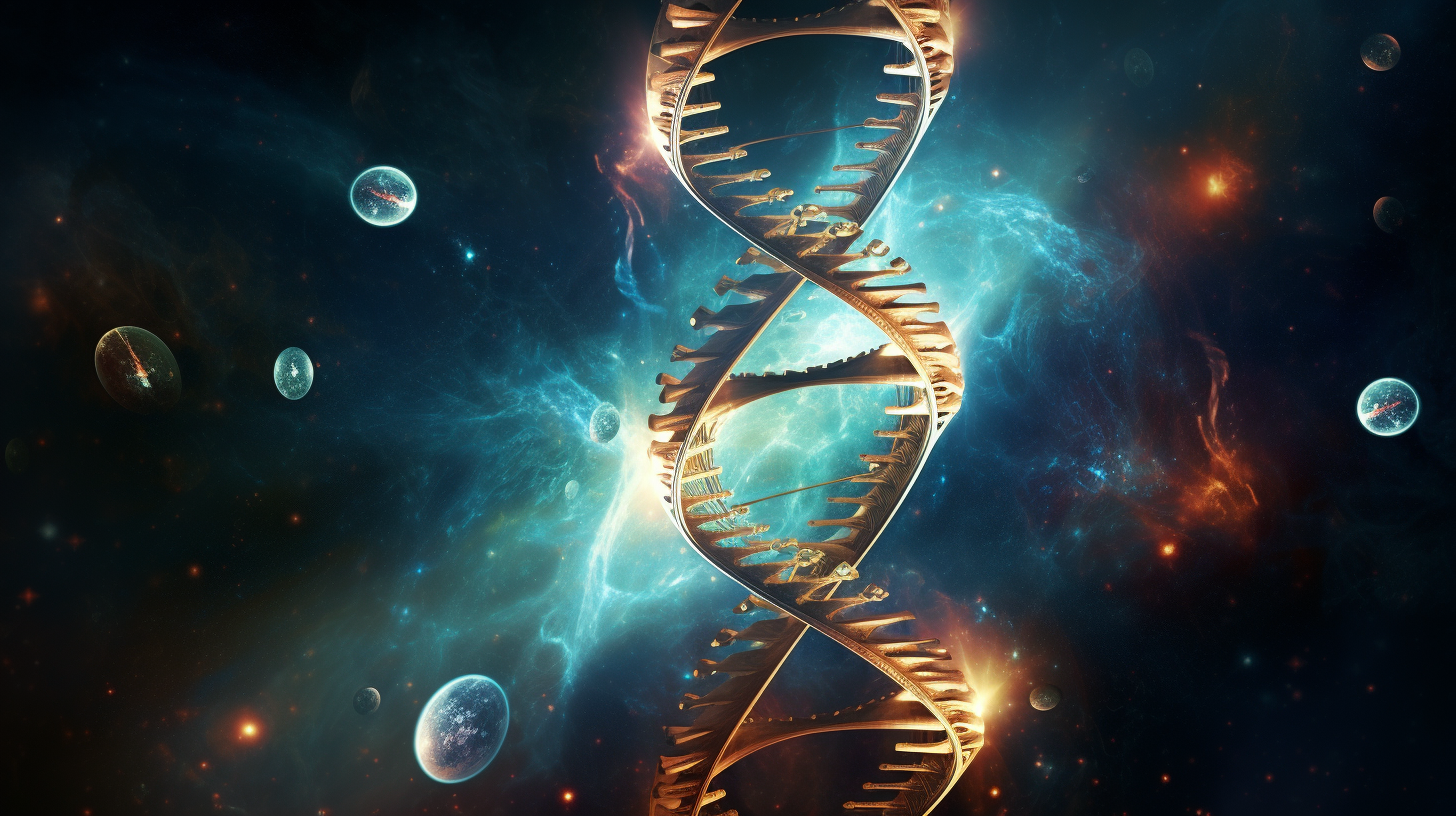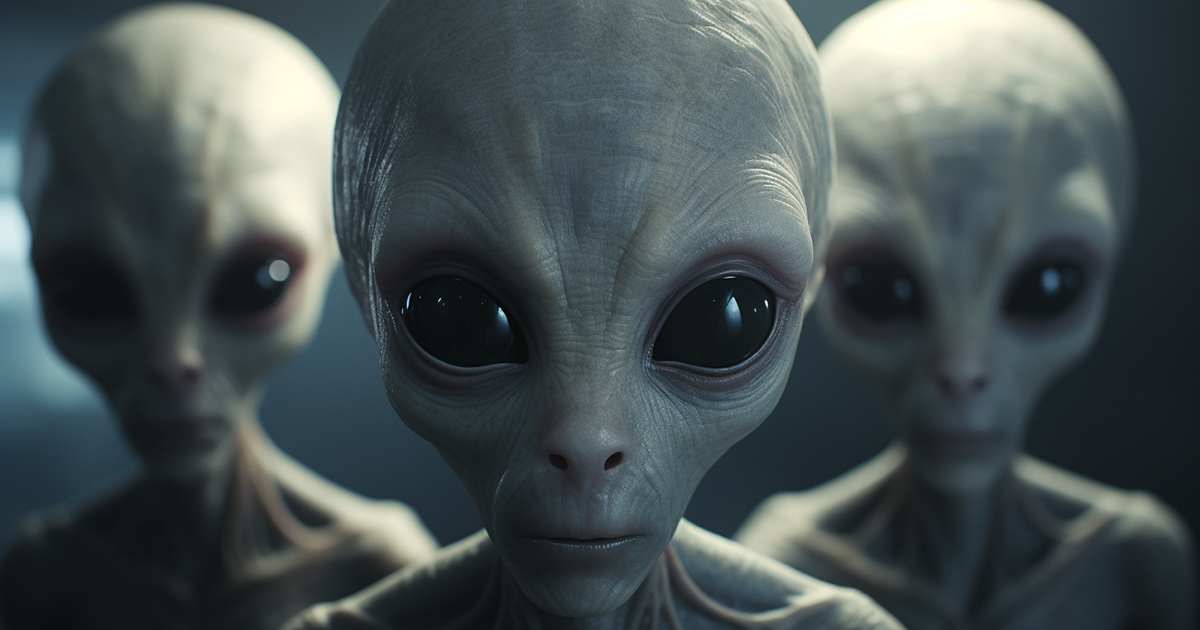Introduction:
In the vast realm of scientific discovery and exploration, there are moments when the boundaries between science fiction and reality blur. One such intriguing discovery emerged in July 2013 in Paris, France, when scientists unveiled a revelation that would ignite the imaginations of those fascinated by the mysteries of the cosmos. It was the discovery of an entirely new class of microbes known as Pandora viruses, and what makes them truly extraordinary is that up to 94% of their genome has no resemblance to any known life form on Earth. In this article, we delve into the enigmatic Pandora viruses and explore the implications they hold for our understanding of life, evolution, and the possibility of extraterrestrial connections.
Pandora Viruses: An Alien Presence on Earth?
The Pandora viruses, characterized by their colossal size, raise a perplexing question: Could these microbes, with their highly unique genetic makeup, be considered alien to our planet? While they may appear otherworldly, Pandora viruses do share a common thread with all life on Earth—DNA. This revelation has sparked intriguing discussions among proponents of panspermia, a hypothesis suggesting that life in the universe is based on DNA, implying a shared genetic heritage among all forms of life, both terrestrial and extraterrestrial.

The Panspermia Hypothesis: Connecting Earth to the Cosmos
Advocates of the panspermia hypothesis argue that the presence of DNA in Pandora viruses aligns with their belief that life across the universe is interconnected through this fundamental genetic code. If DNA is ubiquitous in the cosmos, then it stands to reason that life on Earth and elsewhere could share a common genetic ancestry. This tantalizing notion leads us to question whether our planet and the beings that may exist beyond it are more closely related than we could ever imagine.
Alien Abductions and Genetic Experimentation
For years, stories of alien abductions have captivated the public’s imagination. Many who claim to have experienced these encounters describe being taken aboard UFOs and subjected to medical experiments, including the removal of blood, sperm, and eggs from their bodies. Could it be possible that these alleged alien abductors are, in fact, interested in our genetic material? If we consider the idea that aliens are manipulating our DNA to enhance compatibility with their own genetic makeup, it raises intriguing possibilities for the future of our species.
The Evolution of Humanity: Towards a Genetic Symbiosis
If we are indeed undergoing genetic manipulation by extraterrestrial forces, we might expect to see signs of this genetic evolution in our species. Some theorists posit that such changes are already underway. They point to trends in human evolution, such as decreasing sperm counts and a shift towards greater androgyny, as potential indicators of our genetic transformation. As the world’s population continues to rise, these changes raise questions about the path of our evolution and the possibility of future genetic compatibility with alien species.
Video:
Conclusion: Bridging the Cosmic Divide
The discovery of Pandora viruses and the ongoing debate surrounding their genetic makeup present us with a profound question: Are we, as Earthlings, more closely connected to the cosmos than we ever dared to imagine? While the notion of genetic tinkering by extraterrestrial intelligences may remain speculative, it challenges us to consider the possibilities that lie beyond the boundaries of our known universe. As we continue to explore the mysteries of Pandora viruses and their implications for life on Earth, we find ourselves on a quest to unravel the intricate web that may one day bridge the cosmic divide between us and the enigmatic beings of the stars.

19 thoughts on “Alien DNA Found on Earth: A Closer Look at the Pandora Viruses”
Comments are closed.